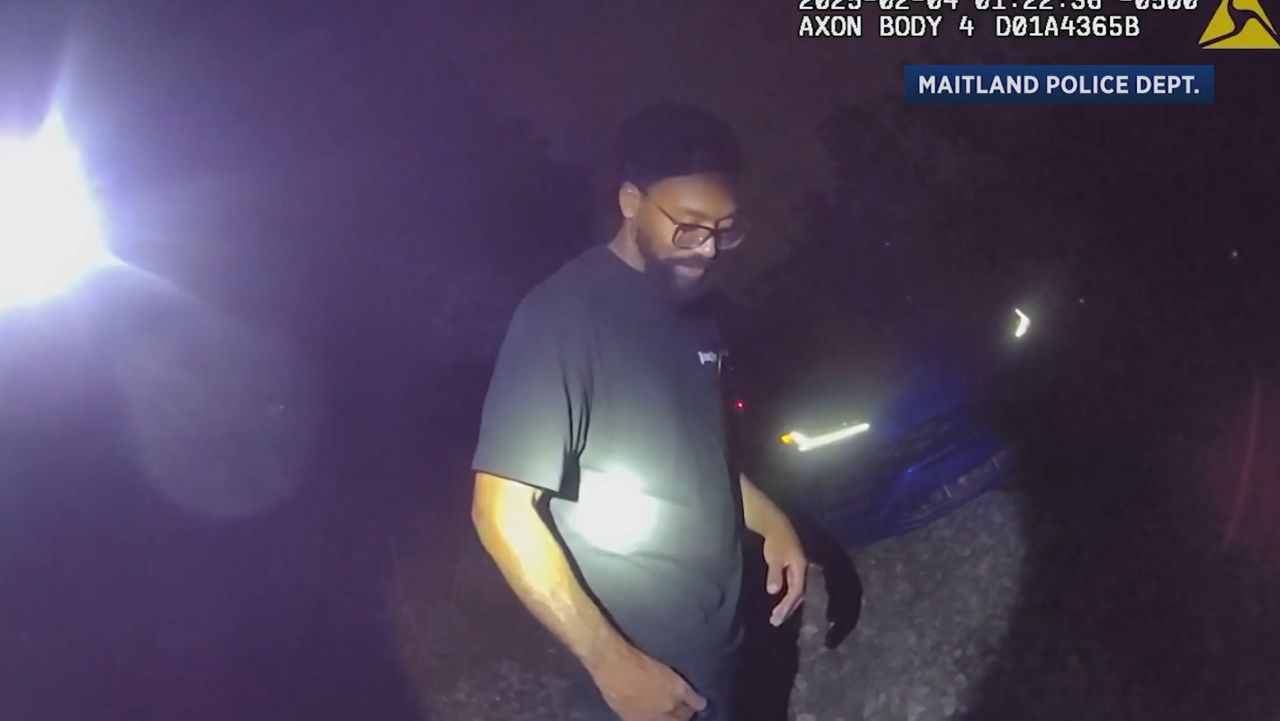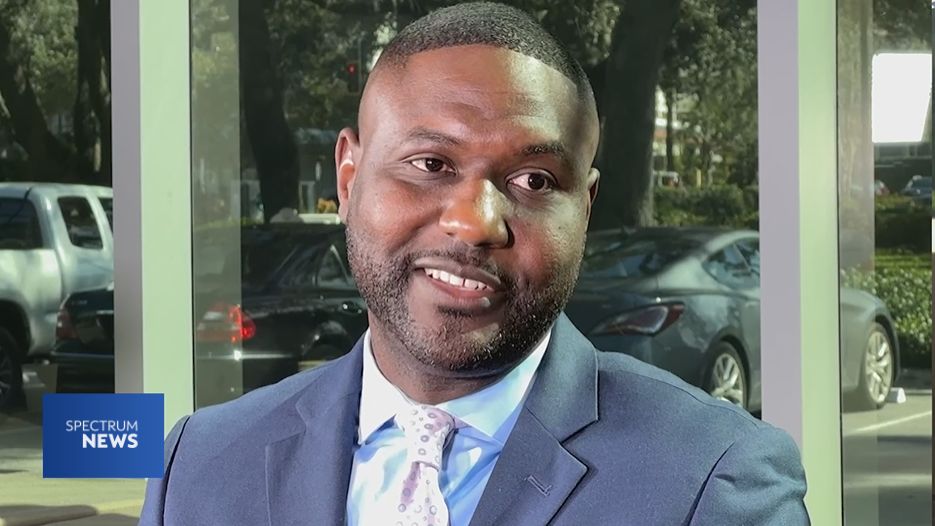CHRISTMAS, Fla. — Officials with Conservation Florida, an environmental organization working to protect Florida’s natural habitat, say they are concerned after 32 Florida panthers died in 2024, setting a record for the highest death toll since 2016.
Traci Deen, president and CEO of Conservation Florida, said the root cause is overdevelopment.
While Deen said recent panther sightings in Central Florida prove they’re making their way along the Florida Wildlife Corridor, growth in the Sunshine State is also creating a cause for concern for the endangered big cats.
Florida panthers — which are also Florida's state animal — aren’t just found in southern parts of the state anymore, they’re literally in Central Florida's backyards now, Deen said.
“We think, 'Oh, that’s an Everglades issue,’ or ‘Man, that’s very far away from where we are here in Central Florida.’ But it’s actually not," Deen said. "We have panthers here. We have panthers crossing our highway here."
She said the expansion of the Florida panther from southwestern Florida has caused its conservation to become a Central Florida issue.
“Seeing Florida panthers north of the Caloosahatchee River is awesome news, but when they are trying to travel and find a mate, and be here in their native habitat, we are seeing more and more and more deaths,” Deen said.
She warned that overdevelopment is causing the Florida panther to lose its natural habitat and safe passageways, leading to an increase in vehicle collisions.
According to information from Conservation Florida, the big cats' leading cause of death is vehicle collisions.
However, Deen said one guaranteed solution to this problem is land conservation and expanding the Florida Wildlife Corridor of protected lands so that it spans the entire state.
“We have to protect land, and we have to do that strategically as our state grows," Deen said. "And we are growing rapidly."
Even though she acknowledged that many people moving to the state of Florida annually, Deen said living here comes with the responsibility of being mindful of the state's vital habitats and natural areas.
According to Conservation Florida’s website, the Florida Wildlife Corridor currently spans nearly 17.7 million acres across the state. And of those, the group says that 8.1 million acres are still in need of protection.
In order to make that happen, Deen said it will take an all-hands-on-deck approach.
“We need all Floridians to care about that and to get involved," she said. "And by getting involved, I mean join groups like Conservation Florida, join your local conservation groups or let your state leaders know that land conservation continues to be important to you."
Deen said manmade wildlife crossings installed over and under roadways will also be a big part of the long-term solution to help provide safe passageways for animals like the Florida panther.
According to the Florida Fish and Wildlife Conservation Commission, there are somewhere between 130-230 adult Florida panthers remaining in the wild.











